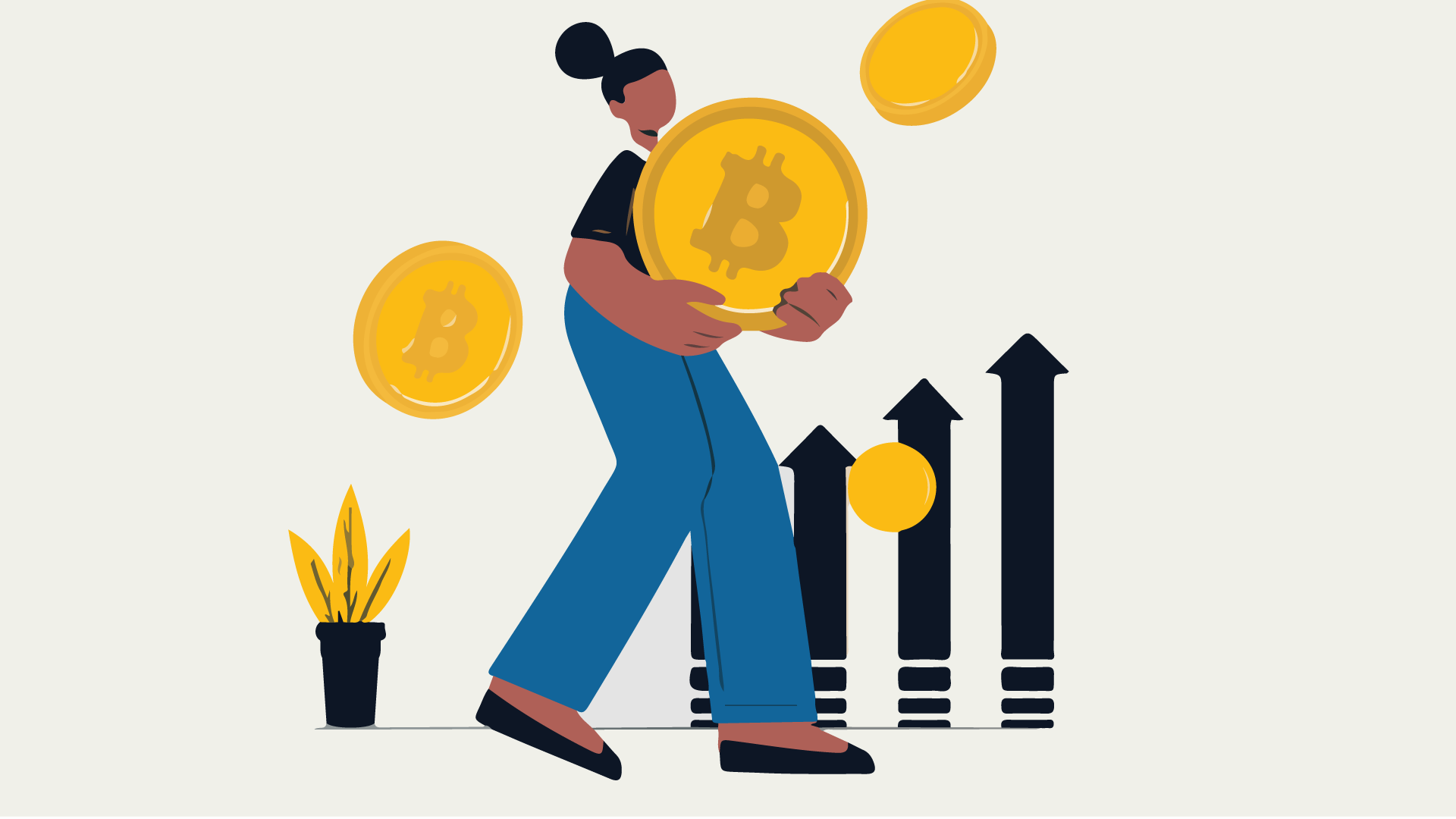Sending, spending, and receiving crypto is becoming more common by the day, but what happens to a crypto transaction from the time you click send to the time it is received on the other end? Let’s explore how a transaction travels through a blockchain from start to finish.
Sending funds via blockchain networks almost seems second nature and you might be surprised by the journey your crypto takes from one end to another. For a transaction to be completed it needs to go through a three-step process: signing, broadcasting and confirming.

-
Signing:
When you click send, you are informing your digital wallet that you want to send crypto funds from one person to another in the blockchain in which you will receive a transaction message that includes information about the sender, recipient, and amount of crypto being sent.
Next, your digital wallet produces a digital signature to verify the authenticity of your transaction message by mathematically coupling it with a long random sequence of letters and numbers that act as a password known as a private key. After signing, the signature is grouped with the transaction message and sent to a file.
-
Broadcasting:
The file enters the broadcasting phase where it is sent to verify the legitimacy of the request. At this point, your wallet starts sending your file to other computers known as nodes that hold a copy of the blockchain. Each node that receives the file verifies that it is legitimate.
Once the file is verified it is sent to other nodes in the network that repeat this process and it is held in an area called themempool. The mempool is a space dedicated for verified yet unconfirmed transactions to hand out until they are passed to the next stage.
-
Confirming:
Confirming is the last step before funds are received by the recipient where miners collect files from the mempool to create a block of transactions. There is a limit to how many transactions can be inserted into each block, therefore miners will pick the transactions with the highest mining fees first.
Miners compete with each other to get their blocks into the blockchain. Once a miner gets a block in, all transactions that were in that block will be considered confirmed. You can keep track of the confirmation status of your transaction by using a block explorer.
Once you see that the block containing your transaction has been confirmed, the transaction is considered complete and the recipient can receive the funds.
While adopting cryptocurrencies seems almost mainstream, there is still some hostility circulating when the safety and reliability of blockchain technology are in question. If you’d like to learn more about blockchain technology, feel free to check out our other post where we explain the ins and outs!
Whether you’re a long-time crypto player or a newbie, understanding the process a digital transaction undergoes is useful and can help you stay confident in your crypto endeavors.
Feel free to start accepting crypto by signing up on our website ForumPay.com and don’t forget to follow us on Instagram and Twitter for updates on all things crypto!


